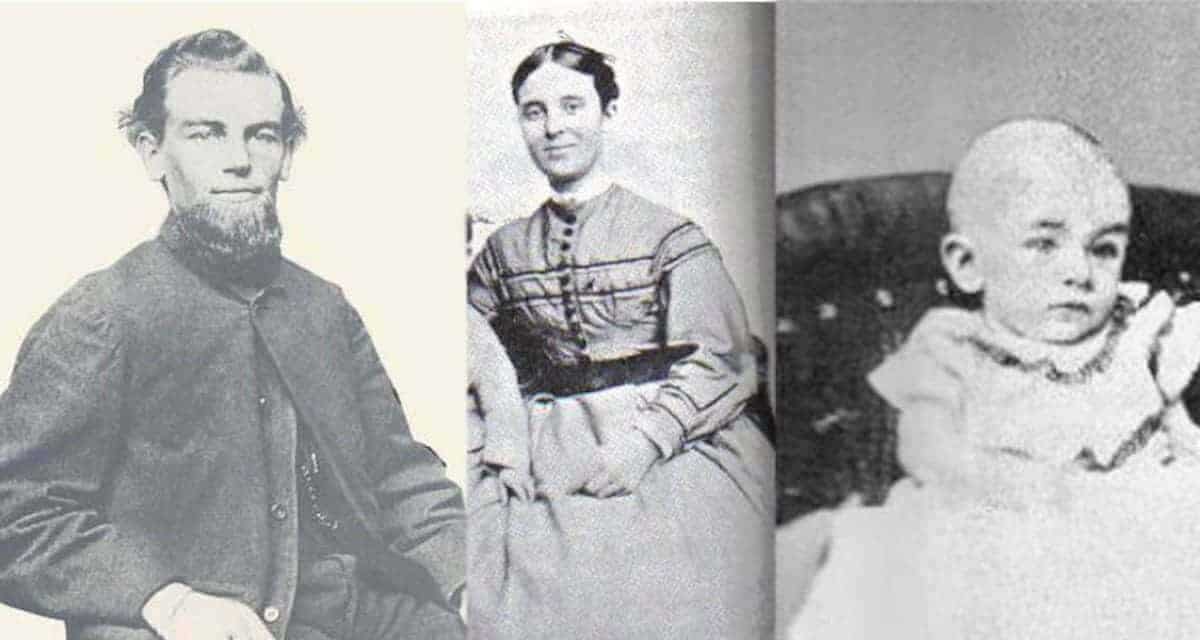The disappearance of the Mary Celeste’s crew is one of the most enduring maritime mysteries of all time. When the crew of the Dei Gratia discovered the wandering ship on December 5, 1872, it was in rough shape but still seaworthy. The exploring team was astonished to find the Mary Celeste deserted and couldn’t come up with a suitable explanation for the disappearance of the passengers and crew. There was no evidence of foul play as the personal belongings of everyone on board remained intact.
The Great Mystery
The Mary Celeste was launched in 1861 and changed hands several times before a consortium that included James H. Winchester, Benjamin Spooner Briggs and a couple of minor investors gained ownership in 1872. The ship set sail from New York on November 7, 1872; Genoa was its destination. Briggs captained the ship and brought along his wife, daughter, and seven crew members. The cargo was 1,701 barrels of poisonous denatured alcohol.
The Dei Gratia departed from New Jersey on the way to Gibraltar on November 15 along the same route as the ill-fated Mary Celeste. On 4 December, a member of the Dei Gratia crew spotted a vessel a few miles away that was heading towards them in an unsteady manner. David Morehouse was the captain and he immediately suspected that something was wrong. When the ship drew closer, he was surprised to find no one on deck and was extremely concerned as the other vessel was not replying to signals.
The crew found the Mary Celeste deserted when they climbed on board. The sails were in poor condition, and some of the riggings were damaged. The ship’s lifeboat was missing, and a makeshift-sounding rod (to measure the depth of water) was found abandoned on the deck. The Mary Celeste had taken on about one meter of water, but that wasn’t unusual for a ship of its size.
Further inspection revealed that nine of the barrels were empty. The last entry on the Mary Celeste’s log was dated 25 November which means the ship was adrift for nine days and had traveled 500 miles in that time. The cabin interiors were in decent order, but the vessel’s paperwork and navigational instruments were missing. With no signs of violence or struggle, the most logical conclusion was that Captain Briggs had ordered a departure from the ship.
Also Read: First Reports Of the Mystery Of The Mary Celeste.

Aftermath
Morehouse brought the Mary Celeste to Gibraltar for salvage, and a man named Frederick Solly Flood conducted the court hearing. He jumped to the conclusion that a crime had been committed and blamed the intake of alcohol for it. Flood ordered an inspection of the ship which revealed a few interesting findings. Some sources suggest a sword was found on the deck and stains on the railing appeared to be blood. A deep mark was also discovered and was likely made by an ax.
Morehouse and his crew came under suspicion but were eventually cleared of all wrongdoing. Alas, the men received only a fraction of the salvage money they were entitled to and also remained under a cloud of controversy. Flood was convinced Morehouse and his men had something to do with the disappearance of the Mary Celeste’s crew despite having no proof.

